Summary
- Real-world locations like Angkor Wat and Louvre inspired Tomb Raider settings.
- Lara Croft ventured through iconic sites like Great Wall of China and Teatro La Fenice.
The first Tomb Raider game launched in 1996; while retrospectives generally don’t deem it as essential as Crash Bandicoot or Super Mario 64, the classic Tomb Raider series was one of the must-play platformers of the ’90s. Tomb Raider was a breakthrough series that achieved worldwide popularity for a short time.
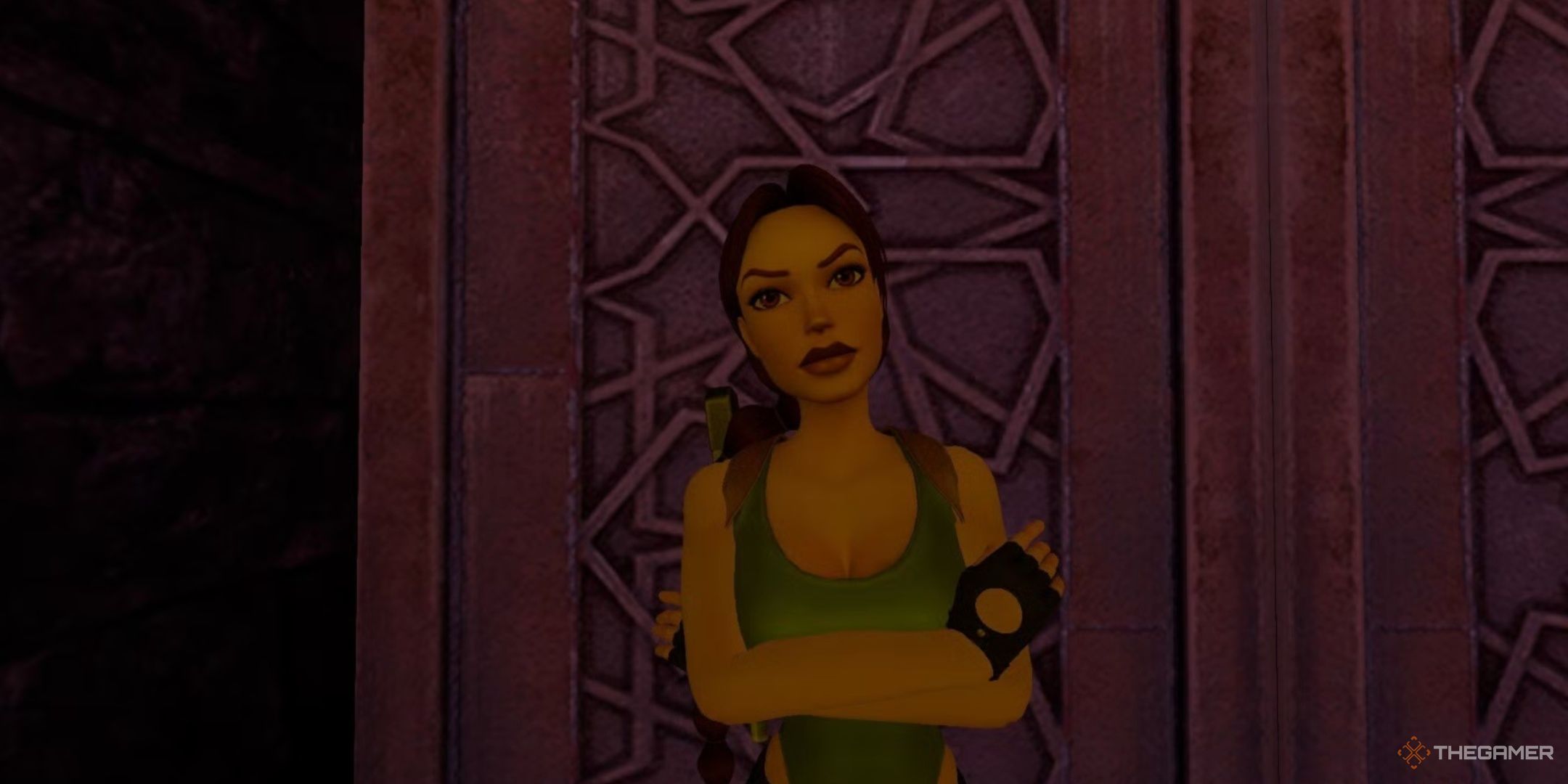
Related
Tomb Raider 1-3 Remastered Vs. 4-6 Remastered: Which Game Is Better?
We compare how the remastered versions of Chronicles, The Last Revelation, and Angel of Darkness stand up to Lara’s first adventures.
The series’ success was partly due to its environments: more grounded than those of mascot platformers, Tomb Raider levels had a lived-in vibe. That is because a lot of these levels were lived in: they were as faithful recreations of real locations as video game hardware of the era could manage. As the series continued, it moved away from having real-world tombs. Here are some that you can visit in real life.
8
The City Of Vilcabamba
Tomb Raider
High up in the Peruvian Andes, the first episode of Tomb Raider featured the lost city of Vilcabamba. After her guide is killed by wolves, Lara ventures into the ruins alone, running across traps, velociraptors and even a live Tyrannosaurus rex. Of course, it doesn’t stay alive for long after Lara draws her pistols.
Vilcabamba isn’t just a fictional place made up for a video game, but a real lost city. It was the final stronghold of the Incas against Spanish invaders, overlooked by the Andes mountain range and hidden by the Cusco forest. You can explore the city independently, but given the danger in doing so, a guided tour would be the better option. We’re certain it doesn’t host any living dinosaurs, though.
7
The Great Wall Of China
Tomb Raider 2
Tomb Raider 2 opens with Lara Croft searching for the Dagger of Xian, a blade that can transform the person it stabs into a dragon. Lara’s research leads her to conclude that the dagger is buried under the Great Wall of China.
The real-life Great Wall of China is a popular tourist destination, though it doesn’t feature the tigers and traps Lara runs across in the video game version. The real mystery is how Lara was able to explore the Great Wall without being hindered by the thousands of tourists flocking to it.
6
Teatro La Fenice
Tomb Raider 2
Real-world image of Teatro La Fenice courtesy of Wikimedia Commons uploader Pietro Tessarin under the Creative Commons Attribution-Share Alike 4.0 International license.
The second chapter of Tomb Raider 2, set in Venice, bears a striking resemblance to scenes from Indiana Jones and the Last Crusade. Given Core Design’s fondness for Indy films, with the Ark of the Covenant even being modelled as a treasure in Lara’s house, this was probably deliberate.
Immediately following the speedboat section, Lara explores an abandoned opera house. While not named in the game, it is clearly based on Teatro La Fenice in Italy, with a similar stage and seating arrangements. The real-life opera house is still functional, and historic sections have been reconstructed.
5
The Louvre
Tomb Raider: Angel Of Darkness
Real-world image of the Louvre courtesy of Wikimedia Commons user Akifukami via the Creative Commons Attribution-Share Alike 3.0 Unported license.
Though disliked for its clunky controls and poorly implemented gameplay mechanics, Tomb Raider: Angel of Darkness is agreed by fans to have a decent story. After her mentor Von Croy is murdered, Lara takes it upon herself to find the Obscura paintings he was looking for. One of them is hidden in the Louvre.
The Louvre needs no introduction; it is one of the most famous art museums in the world. Located in Paris, France, it hosts such historic paintings as the Mona Lisa – and yes, you can see the painting in the game. It even forms part of a deadly puzzle; apparently, the Louvre takes security even more seriously in the Tomb Raider universe than in real life.
4
Angkor Wat
Tomb Raider: The Last Revelation
Real-world image of Angkor Wat courtesy of Wikimedia Commons user Diego Delso via the Creative Commons Attribution-Share Alike 4.0 International license.
One of Lara Croft’s earliest adventures took place in this real-life temple complex. Tomb Raider: The Last Revelation opens with a teenage Lara accompanying her mentor Von Croy into an Angkor Wat tomb. Von Croy steals a treasure causing the entire tomb to collapse.
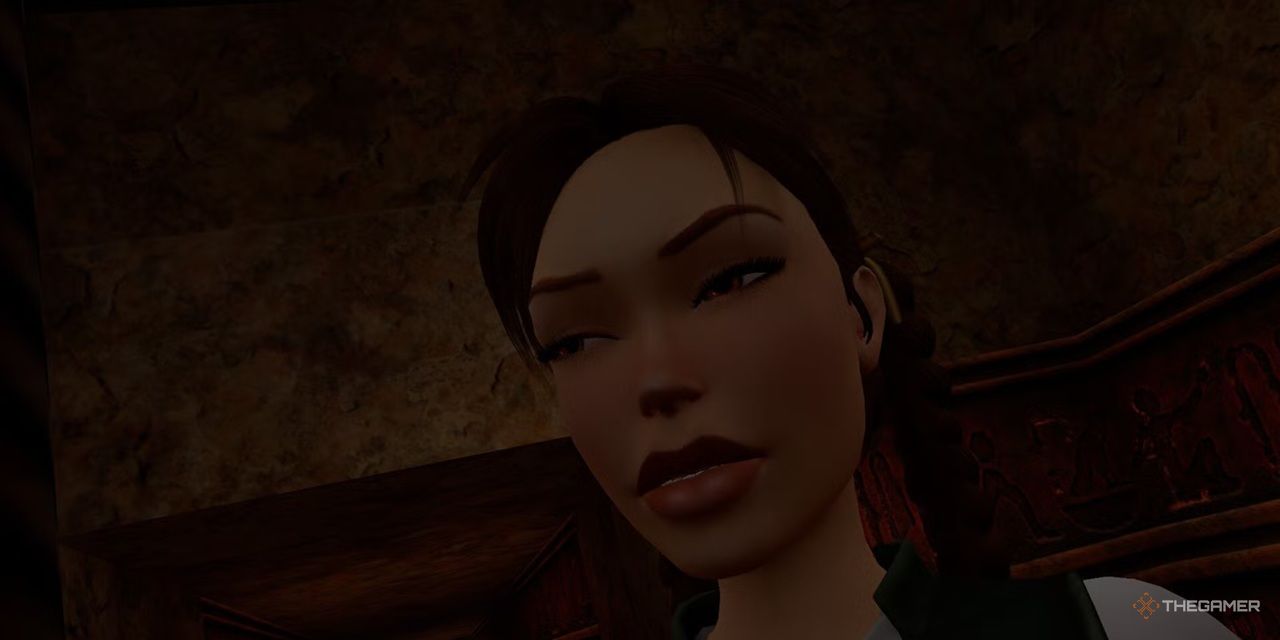
Related
8 Things That Make No Sense In Tomb Raider 4-6 Remastered
Tomb Raider 4-6 may have been remastered, but there’s a lot of things in it that still don’t make sense.
In real life, Angkor Wat is a 900-year-old network of Cambodian temples dedicated to the Hindu god Vishnu before becoming a place for Buddhist worship instead. Millions of tourists visit every year, and even if you’re not a tomb raider, it’s worth going to see the bas-reliefs.
3
Tiwanaku
Tomb Raider: Legend
While the newer Tomb Raider games rarely feature the kind of exciting recreations of real-life tombs that the classic series excelled at, the first reboot featured an interesting Bolivian site. While it bears little resemblance to the real-life Tiwanaku, Tomb Raider: Legend’s opening locale is a thrilling way for the series to make a comeback.
As Lara correctly states, Tiwanaku dates back to the pre-Incan era. Lake Titicaca is also mentioned as part of a legend that bears interesting parallels to the tale of King Arthur and drives Lara’s pursuit of a mystical sword.
2
Temple Of Karnak
Tomb Raider: The Last Revelation
The temple of Karnak is one of the hardest levels in Tomb Raider: The Last Revelation due to its open-ended nature. It’s so big, in fact, that it comprises three interconnected levels. However, it is also satisfying to explore and has some fun secrets.
With almost four thousand years of history behind it, the temple of Karnak is one of the most exciting places for a Tomb Raider fan to visit. This is not least because of its faithful recreation in the game: the Great Hypostyle Hall and sacred lake are real, though they aren’t overrun with mercenaries and crocodiles.
1
The Great Pyramid Of Giza
Tomb Raider: The Last Revelation
Real-world image of the Great Pyramid of Giza courtesy of Wikimedia Commons user MusikAnimal via the Creative Commons Attribution-Share Alike 4.0 International license.
Egypt forms the focal point of late ’90s archaeological media, and with good reason. There were many exciting new discoveries being made at the time, such as the tomb of Tutankhamun, itself discussed in the bonus level of Tomb Raider: The Last Revelation.
The Great Pyramid of Giza is where the climax of Tomb Raider 4 takes place, and where she was originally supposed to be buried forever. Dating back to 4,000 years ago and with a historic looting problem, this tomb is so old that even its raiders are ancient to us now.
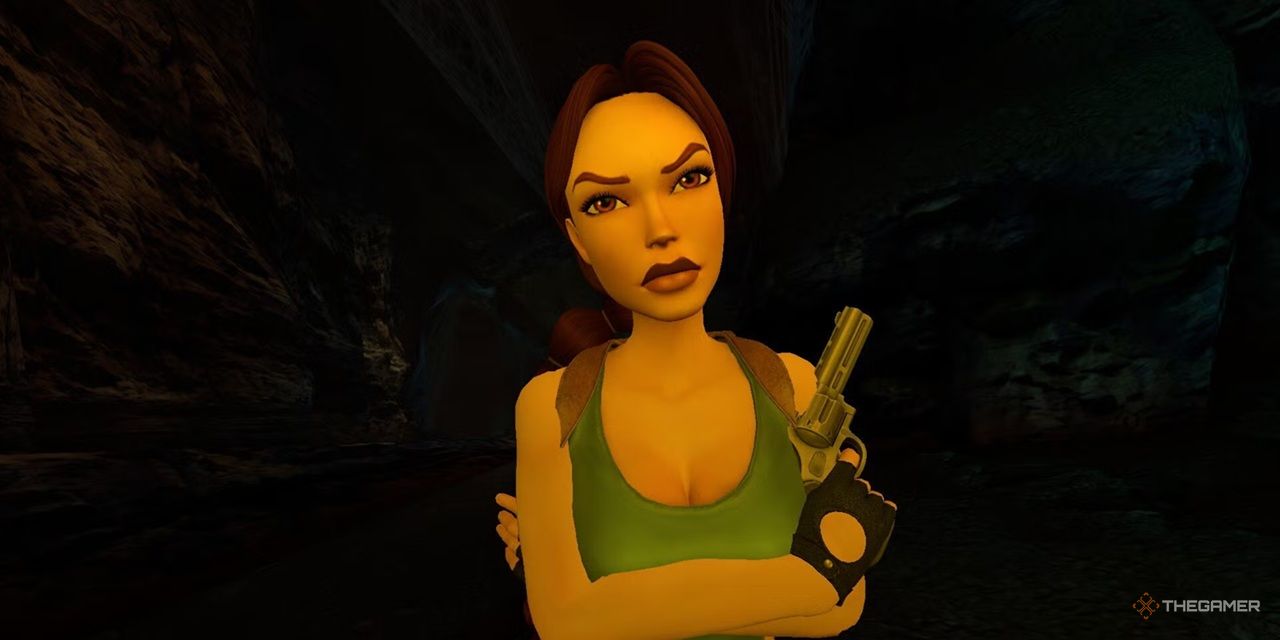
Next
Tomb Raider 4-6 Remastered: 8 Beginner Tips
Here are the best beginner tips in Tomb Raider 4-6 Remastered!
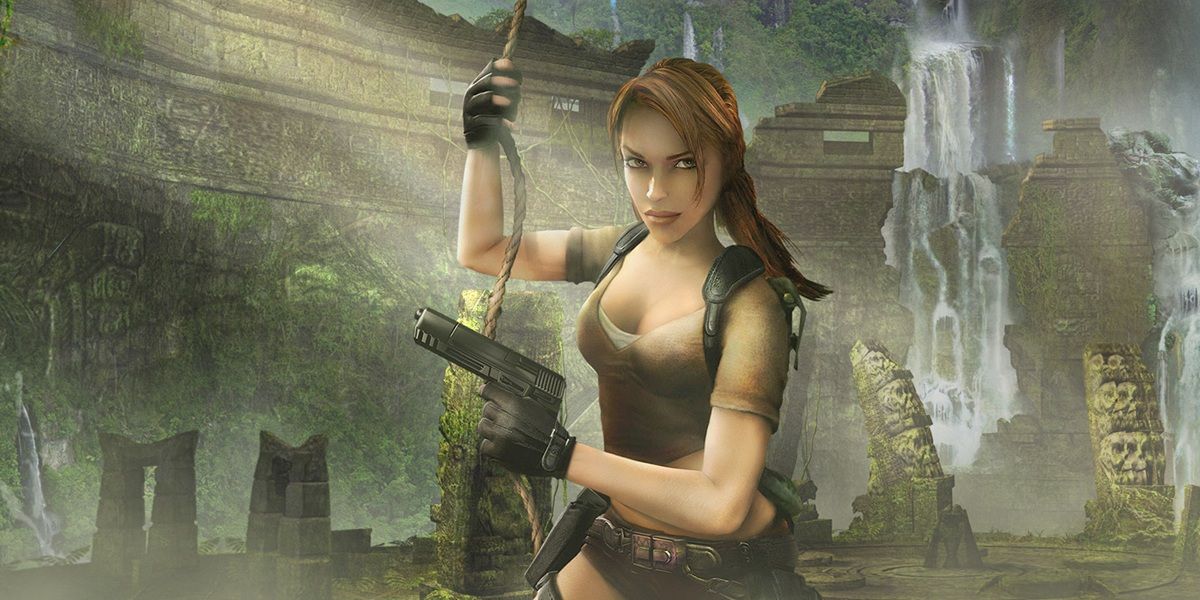

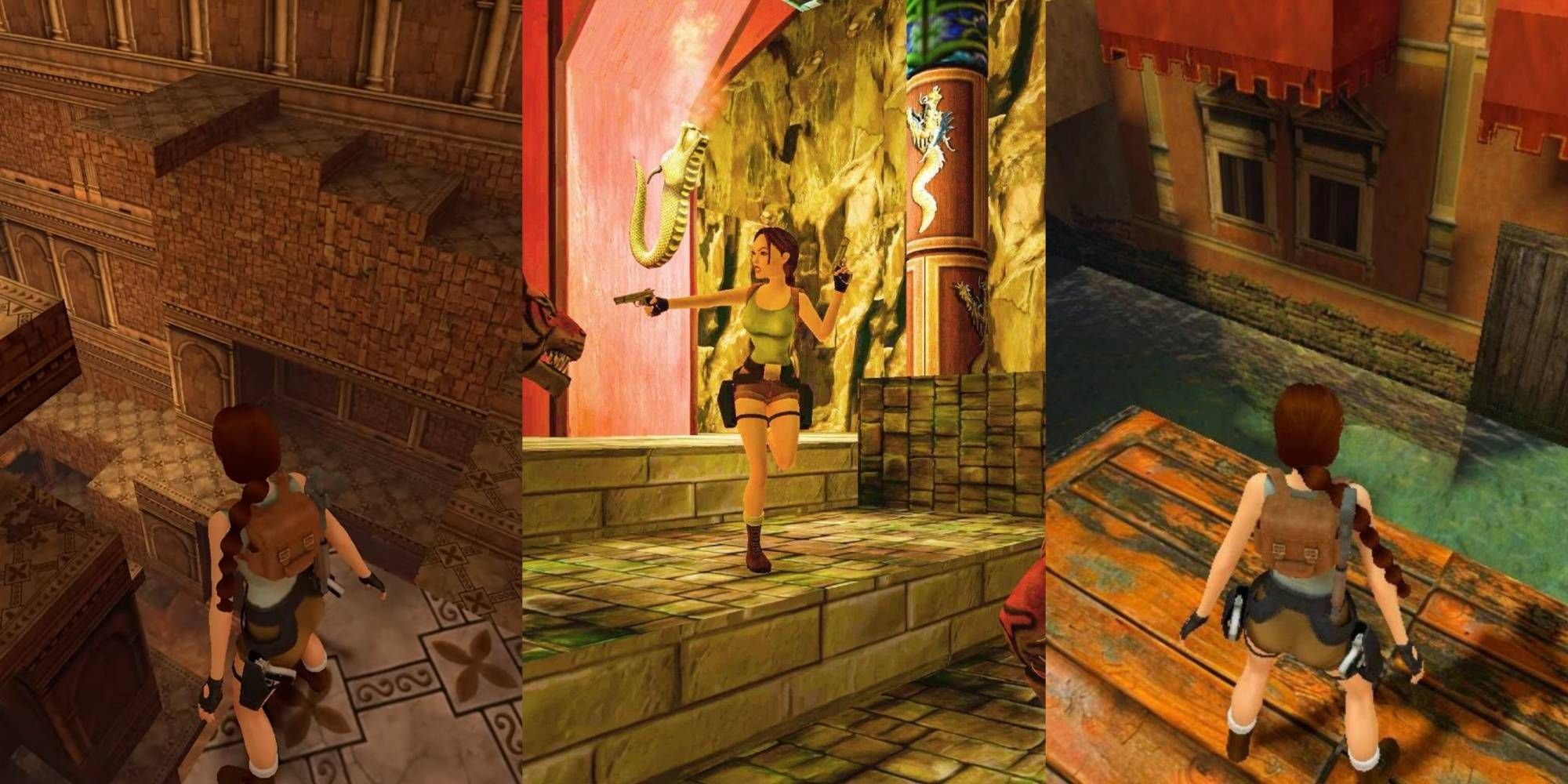





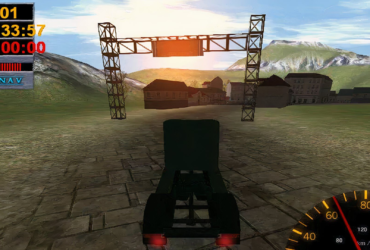



Leave a Reply